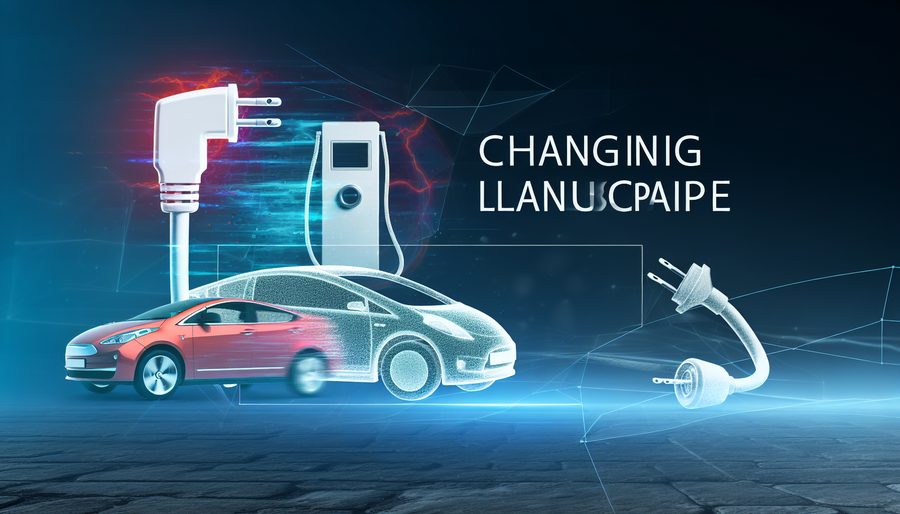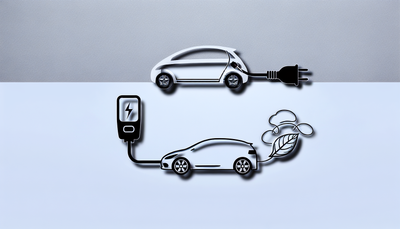The Changing Landscape of Car Insurance for Electric Vehicles

The Changing Landscape of Car Insurance for Electric Vehicles
As electric vehicles (EVs) continue their impressive rise in popularity, the auto industry isn't the only sector feeling the impact. Car insurance—an essential component of vehicle ownership—is undergoing a significant transformation to keep pace with the evolving needs and technologies of electric cars.
In this post, we’ll explore how the growing adoption of EVs is reshaping insurance trends, what unique considerations EV owners face, and how insurers are adapting their coverage models to meet the demands of this rapidly changing market.
The Rise of EVs and Its Impact on Insurance
Electric vehicles are no longer niche products. With advances in technology, government incentives, and increasing availability, EVs have entered the mainstream. According to the International Energy Agency (IEA), electric vehicle sales hit over 10 million globally in 2022—and that number continues to climb.
This boom is altering the risk landscape for insurers. Traditional car insurance models were built around internal combustion engine (ICE) vehicles. As EVs differ in mechanics, maintenance, and repair costs, insurers must revisit their formulas for determining premiums and coverage levels.
Key Insurance Differences for EV Owners
Here are some of the main ways EV coverage differs from traditional car insurance:
1. Higher Repair Costs
EVs often use specialized parts and require skilled technicians for repairs, particularly when it comes to battery systems. This can lead to higher claim payouts, which influences premium rates.
2. Battery Coverage
The battery is the most expensive component of an EV, often accounting for up to 40% of the vehicle's cost. Some insurers now offer specific provisions that cover battery damage or degradation.
3. Charging Equipment Protection
Home charging stations are becoming more common, and insurers are beginning to offer optional add-ons to cover damage or theft of these installations.
4. Different Driving Patterns
Data shows that EV owners tend to drive less aggressively and maintain their vehicles better—factors that could potentially reduce accident risk and lower premiums over time.
Emerging Insurance Trends in the EV Space
With the rise of electric vehicles, several new insurance trends are emerging:
- Usage-Based Insurance (UBI): Leveraging telematics, insurers can track real-time driving behavior and offer tailored rates based on actual usage.
- Bundled Green Incentives: Some companies are offering discounts for eco-conscious behavior, such as driving an EV or installing solar-powered charging stations.
- Flexible Subscription Models: New insurance startups are promoting monthly EV coverage subscriptions that adjust as your driving habits change.
Tips for EV Owners Shopping for Insurance
If you're in the market for car insurance for your electric vehicle, here are a few tips:
- Compare Policies Carefully: Make sure to understand what's covered—especially regarding the battery and charging equipment.
- Ask About EV Discounts: Many insurers offer discounts for owning an electric car, taking defensive driving courses, or using telematics.
- Consider Specialized Providers: Some insurers specialize in EV coverage and may offer more comprehensive protection at competitive rates.
Conclusion
As electric vehicles redefine the automotive landscape, the world of car insurance is evolving right alongside them. From new risks and repair needs to innovative policy structures and incentives, the shift to EVs is prompting insurers to rethink what coverage looks like in the 21st century.
Whether you’re an early adopter or considering making the switch, understanding how insurance trends are adapting to electric vehicles can help you make smarter, more informed decisions.
Stay charged—and stay covered.







